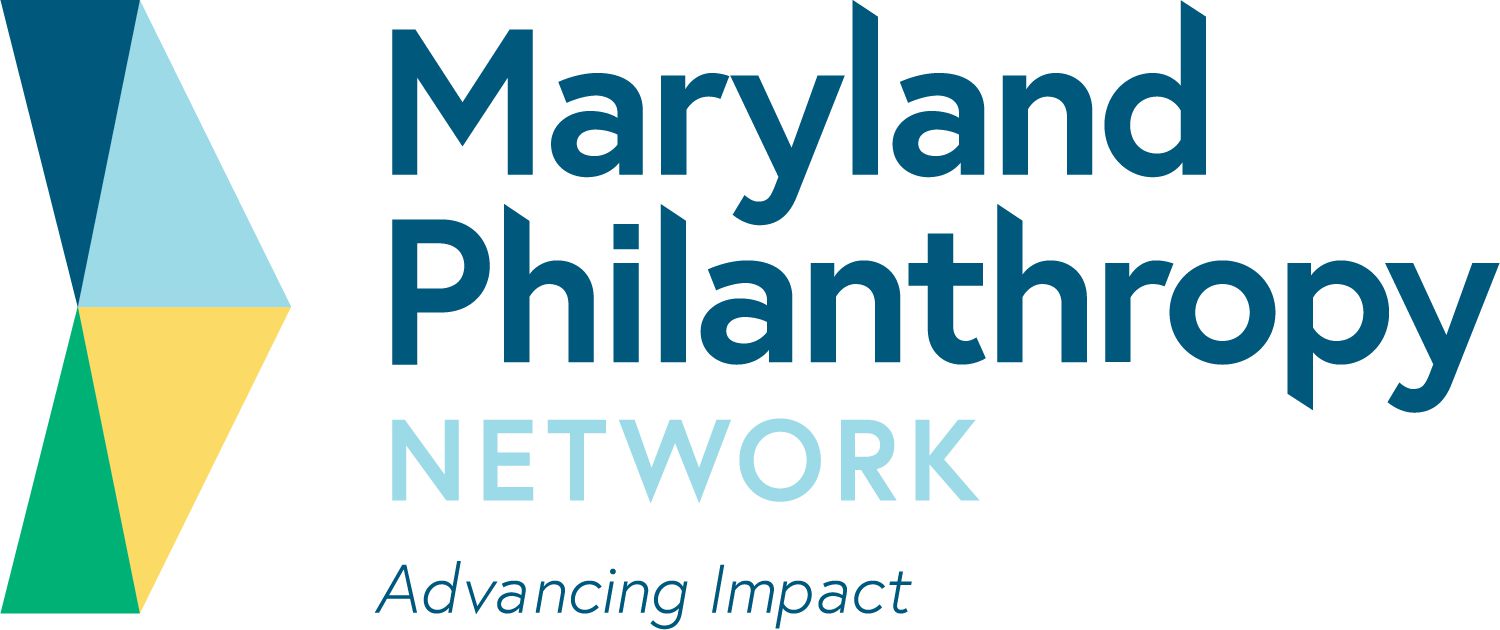Once a brand manager at Procter & Gamble, Eric Rigaud now helps organizations document their work to become more equitable.
Our hearts continue to go out to the families impacted by the tragic midair collision on January 29 that claimed the lives of all 67 passengers, service members, and crew.
Diane Bell-McKoy, CEO of Associated Black Charities, and Mark and Patricia Joseph of the Shelter Foundation were all named to the Baltimore Sun’s 2018 Business and Civic Hall of Fame.
Maryland Philanthropy Network invites you to join us for networking fun at our Ice Cream Social. This will be a lightly structured opportunity to meet, build relationships with colleagues and MPN staff, and unwind. MPN will provide a build your own sundae station with selections from our neighbors at The Charmery, so bring your sweet tooth.
T. Rowe Price Group Inc. is the latest company to step up and support Ellicott City.
The Baltimore money manager's charitable foundation is donating $20,000 that will be split evenly between the Community Foundation of Howard County and the United Way of Central Maryland’s ECStrong Fund.
RESOURCE FOR MEMBERS ONLY
FIND MORE BY:
Continuing on the theme of cross-group collaboration, our Green Funders Affinity Group actively seeks and explores ways to highlig
The Morehead-Cain Scholarship at UNC at Chapel Hill has a Civic Collaboration Summer for rising sophomores, and five scholars were assigned to work with Maryland Philanthropy Network and the Middendorf Foundation. This study looks to explore both the permit and grant processes from the perspectives of nonprofit organizations, foundations, and the Baltimore City Government. By interviewing various stakeholders, the scholars gained insight and understood just how complex these processes were. All sides provided their experiences, which led the scholars to develop key takeaways and recommendations to create a more efficient system.
Join us to learn more about the status of the 35-mile Baltimore Greenway Trail Network and to hear from those working to complete the trail. Panelists will share the value of the trail for transportation, recreation and neighborhood connectivity.
Update from the Baltimore Integration Parntership, a project hosted by the Maryland Philanthropy Network.
Last year, Vu Le, author of the popular blog, Nonprofit AF formerly known as Nonprofit with Balls, proposed a day where nonprofits
The Maryland Philanthropy Network invites the staff and board members of nonprofit 501(c)3 organizations and social enterprises to our recurring program on foundations and the broader landscape of philanthropy in Maryland. This learning opportunity is most appropriate to new grantseekers and to nonprofit organizations in Baltimore and central Maryland.
The Maryland Philanthropy Network invites the staff and board members of nonprofit 501(c)3 organizations and social enterprises to our recurring program on foundations and the broader landscape of philanthropy in Maryland. This learning opportunity is most appropriate to new grantseekers and to nonprofit organizations in Baltimore and central Maryland.
Maryland Philanthropy Network invites the staff and board members of nonprofit 501(c)3 organizations and social enterprises to our recurring program on foundations and the broader landscape of philanthropy in Maryland. This learning opportunity is most appropriate to new grantseekers and to nonprofit organizations in Baltimore and central Maryland.
With more than 1,430 foundations in Maryland and a growing landscape of corporate funders, donor-advised funds, giving circles, and public charities, the first step to grant seeking is understanding the basic operations of organized giving.
With more than 1,430 foundations in Maryland and a growing landscape of corporate funders, donor-advised funds, giving circles, and public charities, the first step to grant seeking is understanding the basic operations of organized giving.
Maryland Philanthropy Network invites the staff and board members of nonprofit 501(c)3 organizations and social enterprises to our recurring program on foundations and the broader landscape of philanthropy in Maryland. This learning opportunity is most appropriate to new grantseekers and to nonprofit organizations in Baltimore and central Maryland.
Maryland Philanthropy Network invites the staff and board members of nonprofit 501(c)3 organizations and social enterprises to our recurring program on foundations and the broader landscape of philanthropy in Maryland. This learning opportunity is most appropriate to new grantseekers and to nonprofit organizations in Baltimore and central Maryland.
Maryland Philanthropy Network invites the staff and board members of nonprofit 501(c)3 organizations and social enterprises to our recurring program on foundations and the broader landscape of philanthropy in Maryland. This learning opportunity is most appropriate to new grantseekers and to nonprofit organizations in Baltimore and central Maryland.

